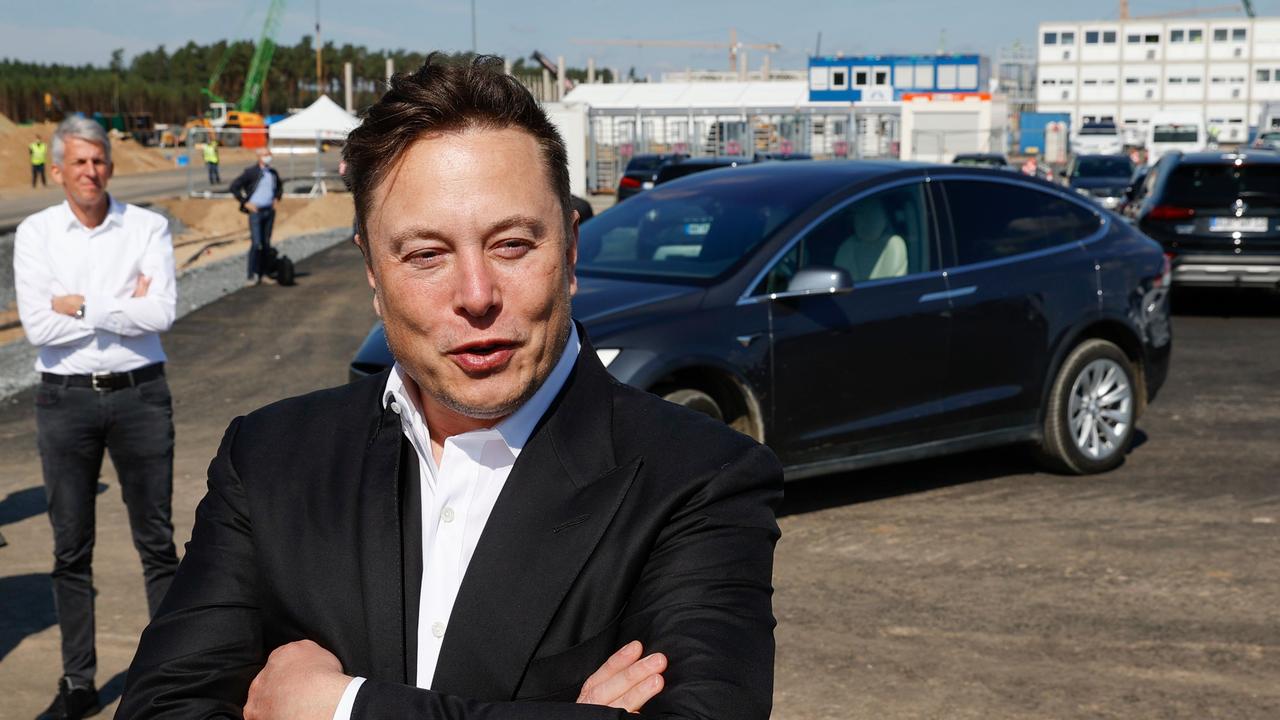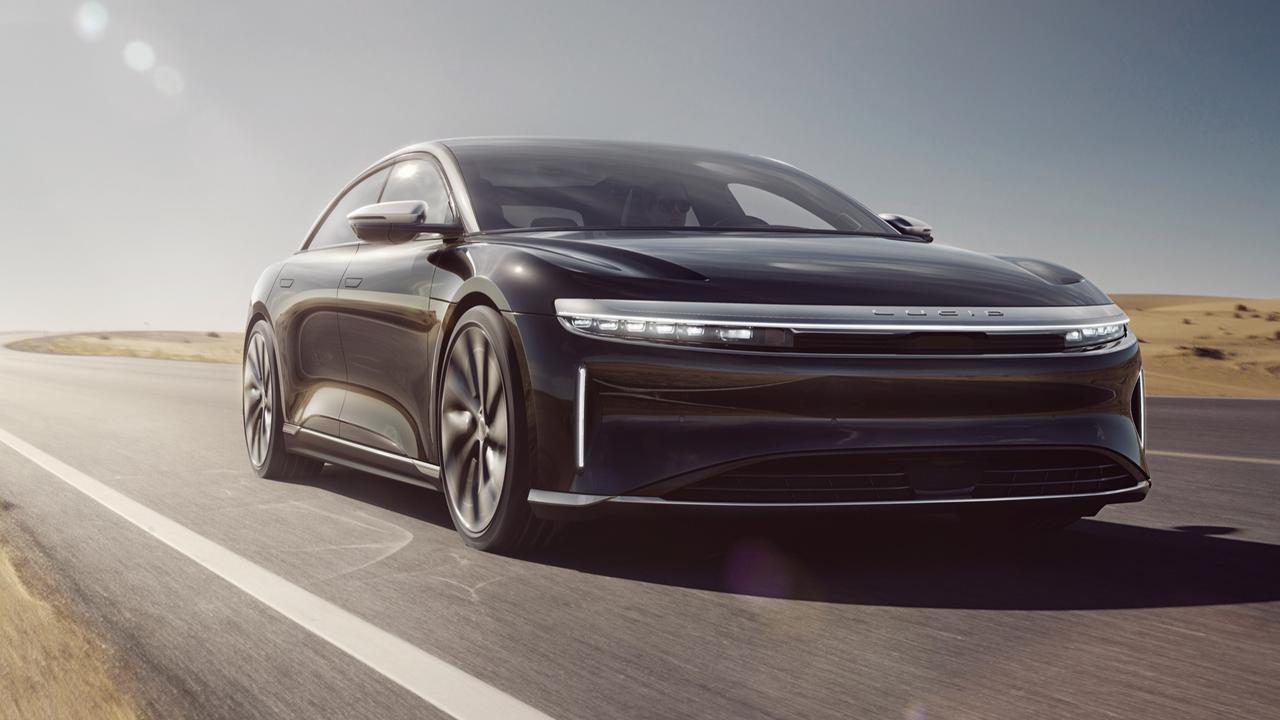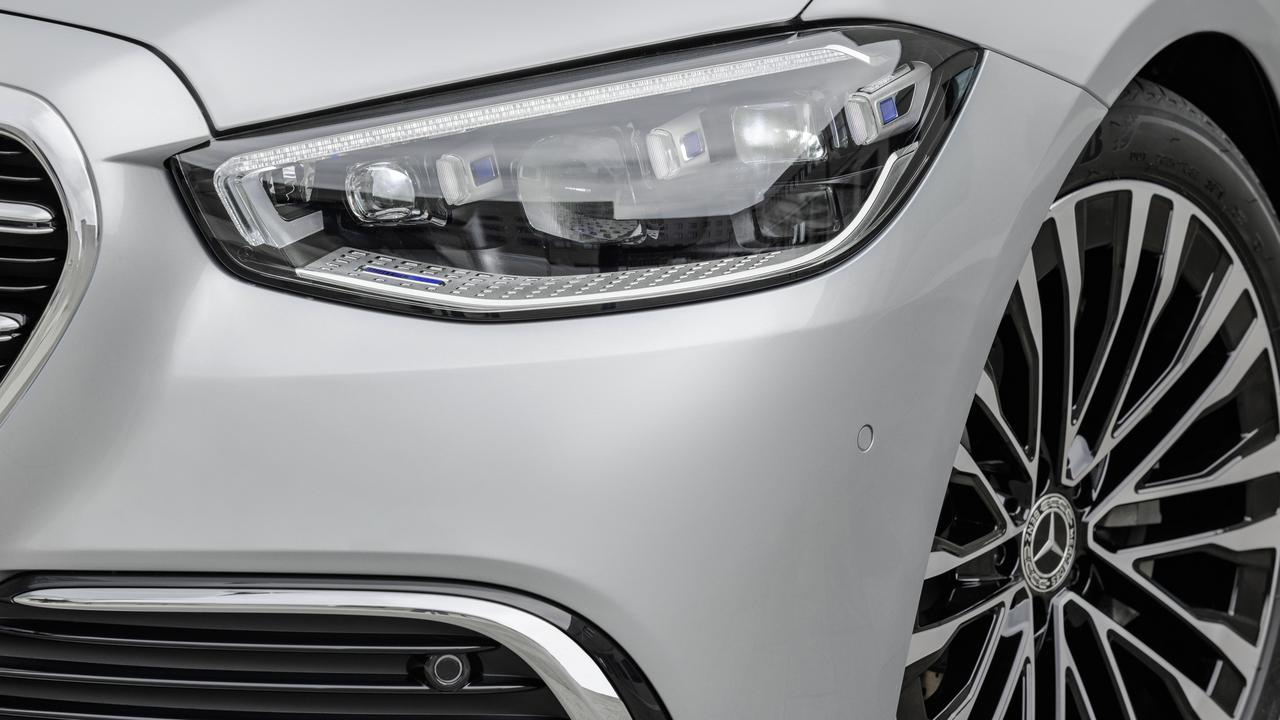Mazda shows off its groundbreaking new SUV
The Japanese maker is one of the most popular brands in Australia but there is one vital thing missing from its range, but that could be about to change.
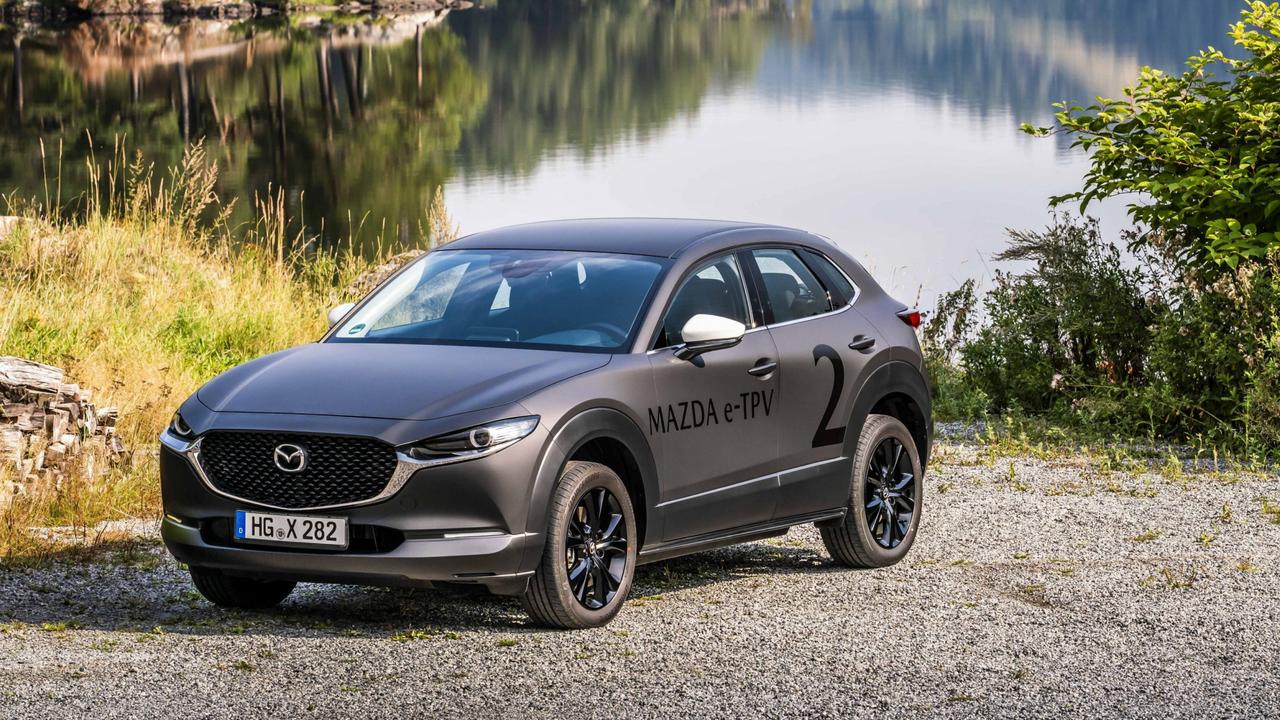
Can you imagine a place where zero emissions driving is becoming the norm rather than the realm of science fiction? Progressive Norway holds such a distinction, making it a far better suited location for Mazda’s electric car opening salvo than, say, Friday peak hour in an Australian capital city.
Mazda isn’t the sole mainstream brand accused of dragging its feet in the EV segment while the likes of Hyundai and Nissan test Australia’s reluctant waters.
In response, it will take the covers off its first effort — a fully electric car developed entirely in-house — at next month’s Tokyo motor show, before selling it in selected markets in the second half of 2020.
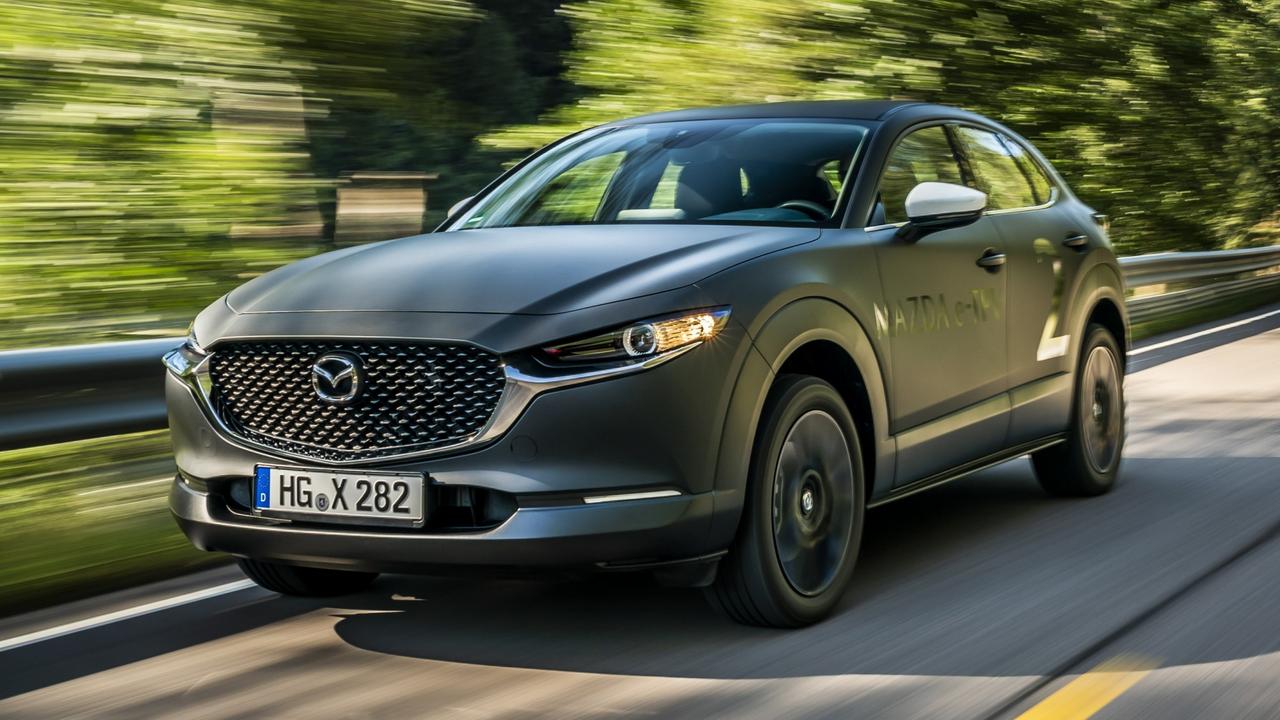
We get a quick sample of a pre-production EV amid Norway’s unspoilt lakes, giant forests and unpolluted skies. The roads in and around Oslo are teeming with Teslas, Nissan Leafs and VW e-Golfs — primarily thanks to generous government incentives — so the prototype Mazda’s electric whirrs blends into the rural peace and quiet.
Its matt black paint hints that Mazda’s alternative fuels strategy isn’t going to be a case of follow-the-leader. No Day-glo green “I’m eco!” body here, as Mazda believes fully electric cars will make up just 5 per cent of its sales come 2030.
The remainder will be a combination of hybrids, plug-in hybrids and range-extender EVs, where batteries are charged by Mazda’s signature rotary engine. “As such, there will be no change to our strategy of working to perfect the internal combustion engine,” maintains Mazda president and CEO Akira Marumoto.
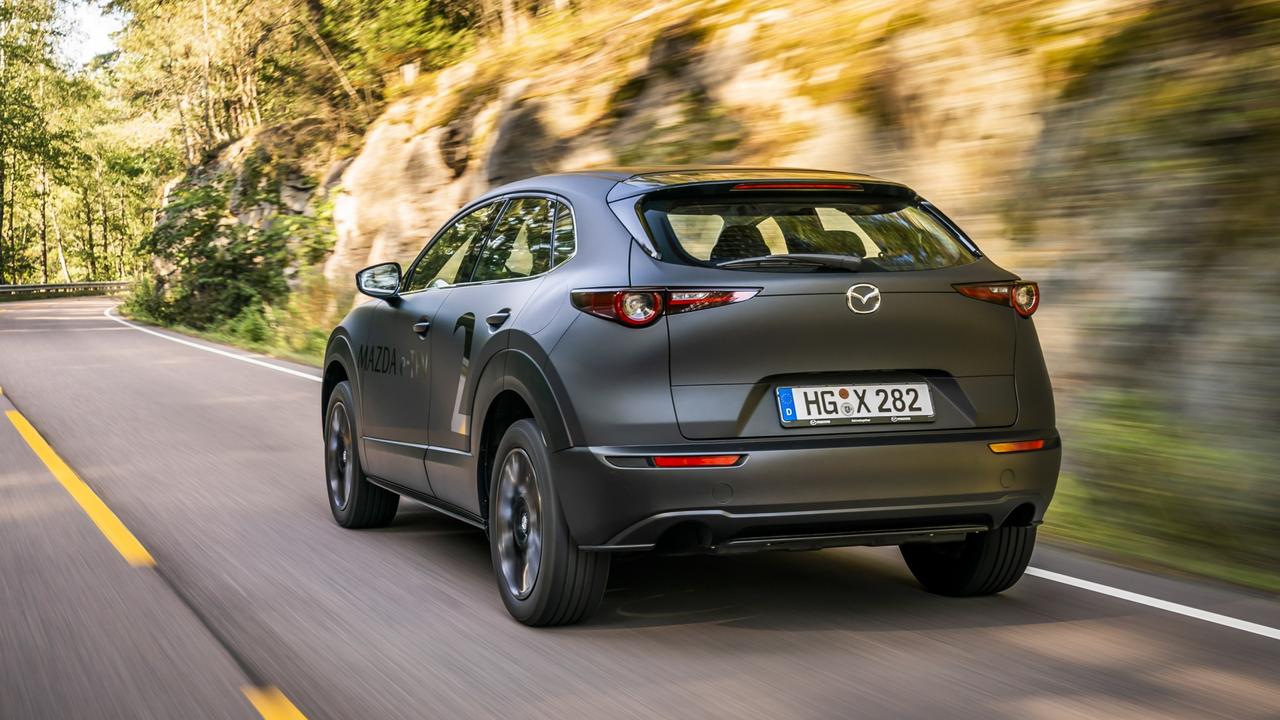
This is great news for traditionalists thinking we’ll be piloting only four-wheel vacuum cleaners in a decade, as Mazda insists that fitting more heavy and expensive batteries under an EV’s seats to chase greater range isn’t the ecologically sound way to go.
The thinking is that, if efforts to reduce carbon dioxide emissions involve creating “unclean” electricity (such as burning coal) to charge electric car batteries, the CO2 emissions are merely moving from exhaust pipes to power station chimneys.
In Norway, where 98 per cent of electricity production if from renewables, EVs make super sense and full electric vehicles get the metaphorical green light.
Until less progressive countries (Australia among them) catch up, this new car has to be more adaptable. So Mazda’s new platform is designed to suit numerous set-ups.
It can accept a lightweight range-extender rotary engine with small generator and large battery — or, for hybrids and plug-in hybrids, larger generators and smaller batteries alongside an economical internal combustion engine.
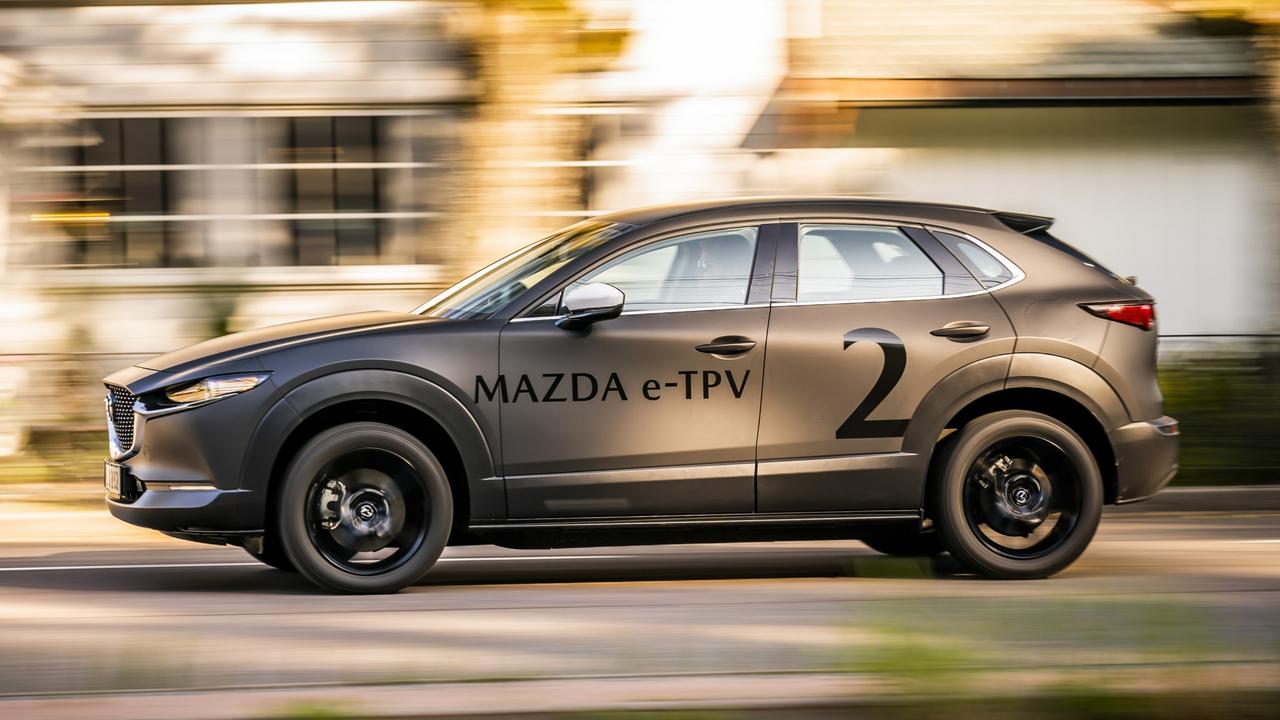
Mazda vehicle development chief Hiroyuki Matsumoto says: “The core of our strategy is to have substantive reduction in CO2 production, and that means we will work on the most prolific of our powertrains: the internal combustion engine.
“If these are efficient we can have minimal electrification combined with it. If we decide to introduce a pure electric vehicle (to a country) they must have clean energy generation and stringent CO2 legislations.”
Where does that leave Australia? If a full EV isn’t most relevant for us yet, the others should be. “One with rotary engine range extender or plug-in hybrid is a solution for countries where customers have a requirement for long-distance driving,” says Matsumoto.
On the road
The full EV version is closest to being signed off, so that’s the prototype we drive, under the sheet metal of the new CX-30 small SUV. It’s well suited size-wise to the EV platform but Mazda says the new EV will have unique bodywork.
Expect the EV to be of similar dimensions to a CX-30 (or Mazda3) to suit buyer preferences and to share Mazda styling cues with maximum aerodynamic effects.
Propulsion is a known quantity. The electric motor, good for 105kW and 265Nm, is fed by a 35.5kWh lithium-ion battery — with average drain on the battery of 16kWh/100km, nominal range is 250km.
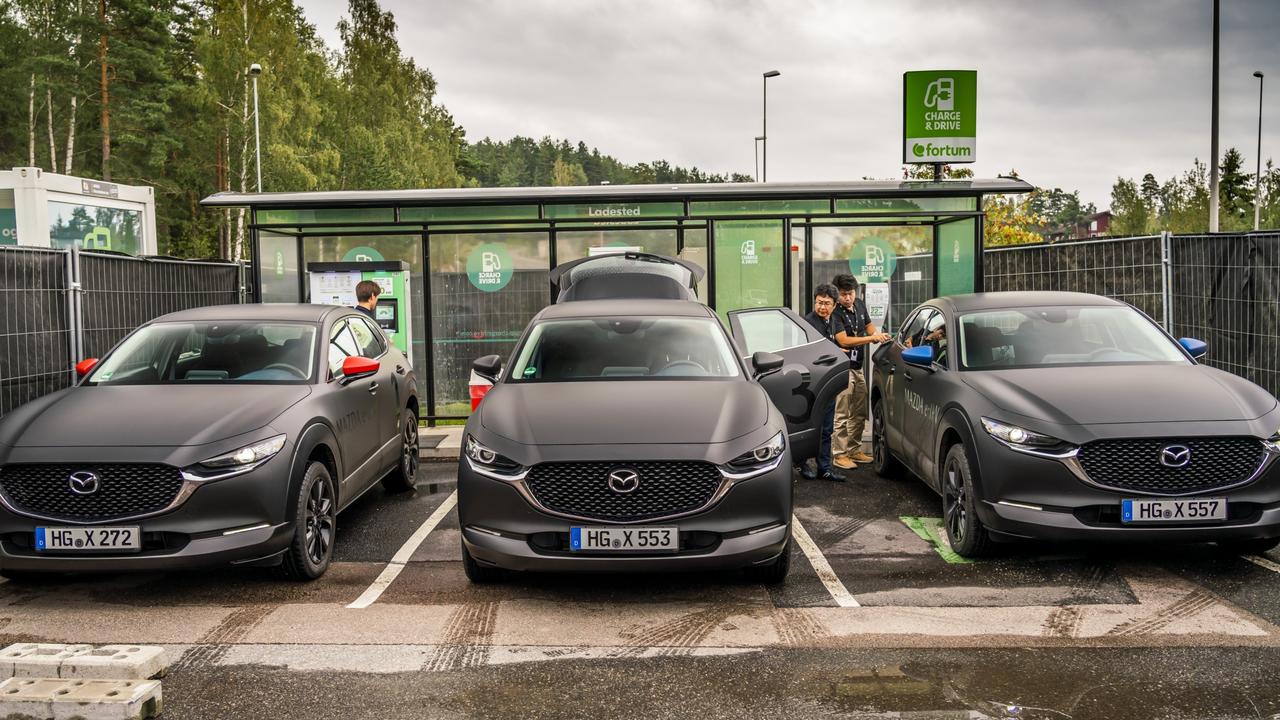
This set-up is similar to the $49,999 Nissan Leaf’s 40kWh and 110kW/320Nm, good for 270km range, and Hyundai’s $44,990 Ioniq Electric with 28kWh and 88kW/295Nm for 230km travel.
If we eventually get this Mazda EV, prices and driving range should be close to these zero-emissions rivals.
Our 40km test proves surprisingly good fun. It’s clear Mazda’s not willing to sacrifice driving joy just because there’s no exhaust pipes.
This being from its new generation of cars (the excellent new Mazda3 kicked that off), the EV displays superb balance and precision while minimising driver effort. Light yet accurate steering soaks up the few bumps with aplomb and, despite its SUV ride height, it sits flat and composed in turns.
It handles like a well set-up car, let alone an EV, thanks to its 55:45 weight distribution, rigid feel and low centre of gravity.
Far from the motor being the poor cousin, it’s a high point. There’s no ludicrous power surge in the Tesla vein but instant torque with ultra-smooth delivery is notable, the speed rapidly building at the squeeze of the accelerator.
Instead of it being practically silent, technicians have channelled a quietly subtle, almost four-cylinder engine sound through the audio speakers.
Pitch — not volume — alters depending on how hard you work the motor, delivering feedback to the driver in a way other EVs do not. Mazda’s sound guru explains you can virtually control the speed by ear rather than the right foot.
Also unique among EVs I’ve tested, there is no energy regeneration when lifting off the accelerator. This harvests power back to the battery while slowing the car without brakes (you get used to it).
Our prototype didn’t display any regen as Mazda has yet to finalise how strong this will be. Too much could take away from natural driving joy but such a set-up will be vital to extend the range of those smaller-than-most batteries.
Verdict
You need a crystal ball to fathom and solve all of Mazda’s EV unknowns. Its style, body shape, electric range, price and features require guesswork but the critical question is: will we get it? Probably not until we get near Norway’s sustainable model.
Most intriguing — and relevant and marketable in Australia — will be the hybrid, plug-in hybrid and range extender versions. If they’re as fun to steer as this prototype, those who enjoy driving have nothing to fear from Mazda’s EV.
Mazda EV vitals
Price: From $55,000 (est; not confirmed for Australia)
Motor: 105kW/265Nm with 35.5kWh lithium-ion battery
Range: 250km
Thirst: 0L/100km
Scan the horizon
Why present this Mazda EV in Norway? The Scandinavian country is the poster child for electric cars, with 45 per cent of all vehicles sold in the first half of 2019 powered only by an electric motor.
Illustrating the rapid rate of progress, that’s up from 31 per cent in 2018 — sales of fuel-burning cars are down 29 per cent.
EVs are now part of daily life in Norway, where 98 per cent of all electricity produced is from renewables, chiefly hydroelectric (contrast that with roughly 21 per cent in Australia).
Furthering the claims for genuine zero-emissions motoring, there are more than 10,000 public charging stations in Norway (Australia has fewer than 1000).
Government incentives for EV ownership include exemptions from VAT and purchase tax or heavy reductions. There are discounted or free parking, road tolls and ferry rides and EVs can use bus lanes. Petrol or diesel vehicles are stung with a 100 per cent tax on purchase price. Many Norwegians own a conventional fuel car and an EV. The average daily drive is about 50km so they choose the car to suit. Norway shows the rest of the world what can be achieved, and rapidly.

